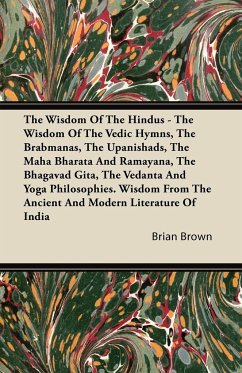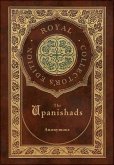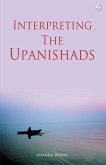More than 200 Upanishads are known, of which the first dozen or so are the oldest and most important and are referred to as the principal or main (mukhya) Upanishads. The mukhya Upanishads are found mostly in the concluding part of the Brahmanas and Aranyakas and were, for centuries, memorized by each generation and passed down orally. The early Upanishads all predate the Common Era, five of them in all likelihood pre-Buddhist (6th century BCE), down to the Maurya period. Of the remainder, some 95 Upanishads are part of the Muktika canon, composed from about the last centuries of 1st-millennium BCE through about 15th-century CE. New Upanishads, beyond the 108 in the Muktika canon, continued to be composed through the early modern and modern era, though often dealing with subjects which are unconnected to the Vedas. Along with the Bhagavad Gita and the Brahmasutra, the mukhya Upanishads (known collectively as the Prasthanatrayi) provide a foundation for the several later schools of Vedanta, among them, two influential monistic schools of Hinduism. With the translation of the Upanishads in the early 19th century they also started to attract attention from a western audience. Arthur Schopenhauer was deeply impressed by the Upanishads and called it "the production of the highest human wisdom".The 19th-century transcendentalists noted the influence of the Upanishads in western philosophy.








